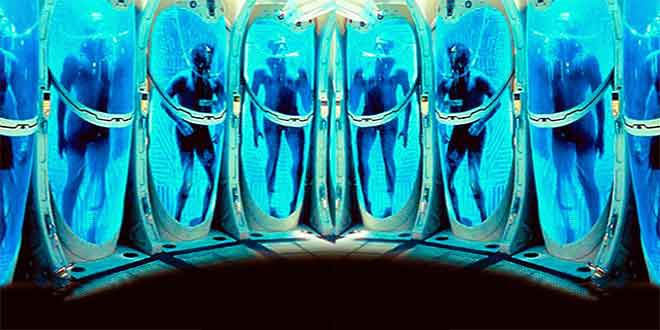A scientific session on the topic of jurisprudential analysis of the use of cryogenics for incurable patients was held with the presence of a group of teachers and researchers in the fields of jurisprudence and medicine. The main goal of this session was to examine the jurisprudential and ethical aspects of cryogenics (cryonics) and the possibility of its application in the treatment of incurable patients. In this session, Dr. Maysam Ahmadi gave a speech as the presenter and Dr. Zaynab Muh. Zadeh as the critic.
At the beginning of the session, Dr. Ahmadi examined the nature of the cryogenics method and its jurisprudential challenges. By dividing the types of death into stable and unstable death, he tried to determine the place of the frozen person in this division. In his opinion, a frozen person is in an unstable state of death and his resuscitation is possible in the future.
Reasons for not allowing freezing according to Dr. Ahmadi:
Induction into peril: Freezing a person who is still showing vital signs is considered a form of inducing into peril.
Example of suicide: Deciding to freeze is considered a form of suicide.
Reasons for allowing freezing according to Dr. Ahmadi:
Necessity of resuscitation: Resuscitation is a religious obligation.
Absence of definitive evidence of impossibility of resuscitation: Medical science is advancing and the possibility of resuscitating frozen people in the future is not far-fetched.
In addition to thanking Dr. Ahmadi for his comprehensive presentation, Ms. Muh. Zadeh addressed some of the ambiguous and debatable points in his presentation. Among these points are the following:
The term cryogenics: They believe that using the term cryogenics is not appropriate for a process that leads to death.
Research Innovation: The doctor had some ambiguities about the innovation of Dr. Ahmadi’s research and believed that addressing the nature of freezing alone is not considered innovation.
Problems with sources: She pointed out the inconsistency of the sources cited in the text with the reference list.
Unstable death: The doctor had some ambiguities about the concept of unstable death and the reasons for categorizing death in this way.
Criticism of Dr. Ahmadi’s evidence: She criticized some of Dr. Ahmadi’s evidence and believed that this evidence was not strong enough.
Conclusion
The session raised important discussions on the complex issue of freezing. Both the presenter and the critic provided valuable perspectives that could pave the way for further research in this area.

